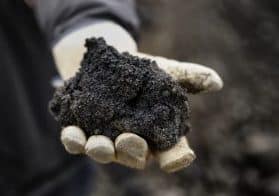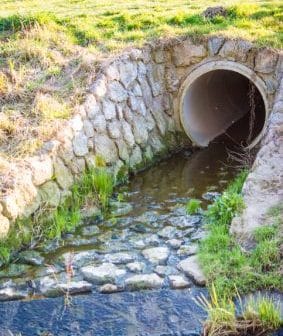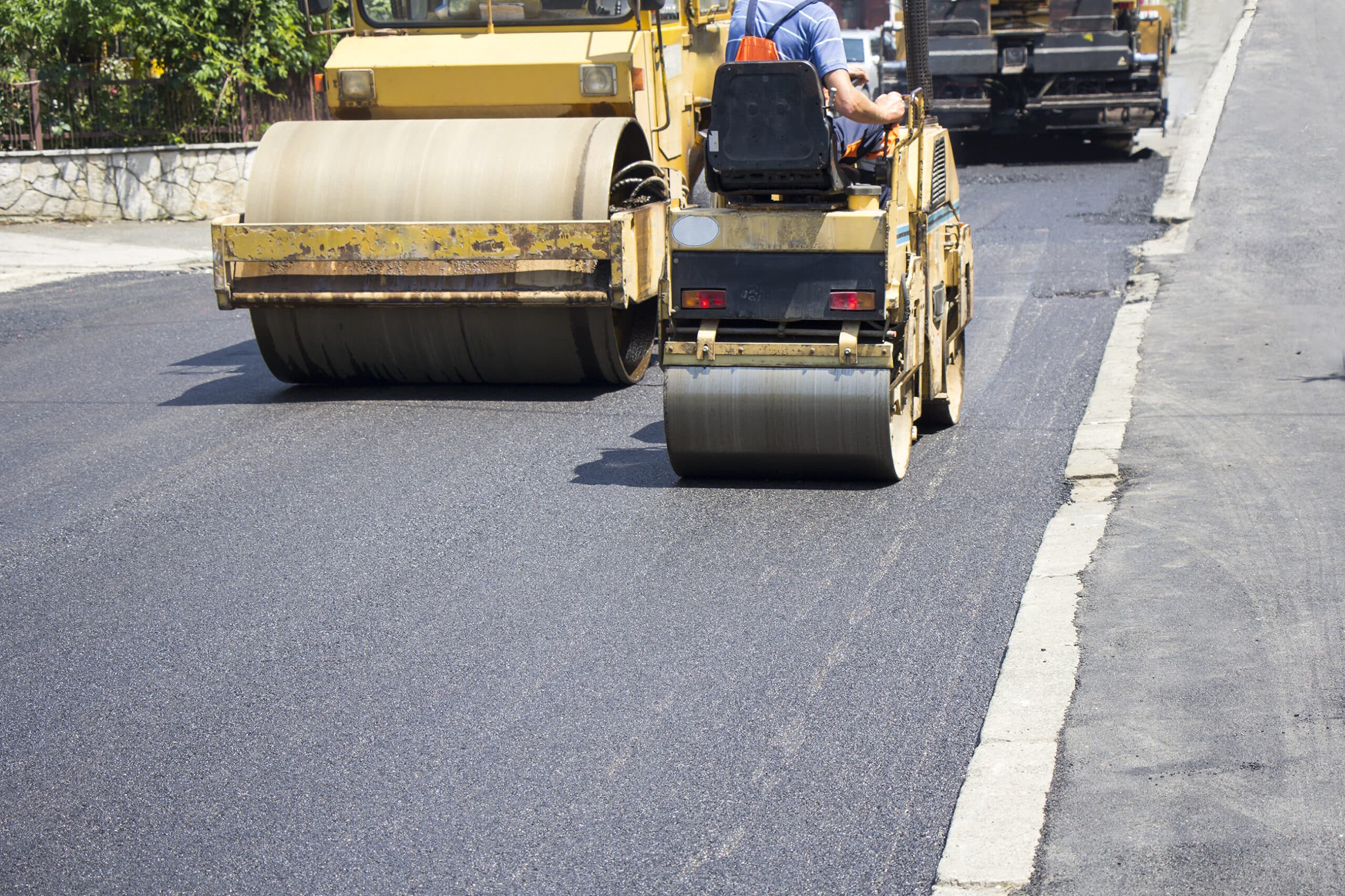We are no longer accepting new cases.
It is a particular problem for municipalities that use retention ponds to catch runoff — turning the sediment in those ponds into potential hazardous waste. As a result, when those ponds need dredging for maintenance or other reasons, the costs of disposal of the waste increase exponentially, in some parts of the country as high as 10 times what it would cost to dispose of the sediment if the coal tar waste was not present.
Someone will have to pay these costs: It should be the polluters responsible for causing the contamination. It should not be the taxpayers.
The Problem with Coal Tar in Pavement Sealants
Coal tar pavement sealants are used to protect paved surfaces like driveways and parking lots, but they wear out. Sunlight and the elements attack these coatings continuously. Tires and snowplows abrade their surfaces into fine particles that are blown away by wind or washed away when it rains. That is why the sealants are often reapplied every few years.

But these particles, laden with PAHs, do not simply disappear. They collect in stormwater retention ponds and other management devices. As a result, when cities dredge their ponds, which they routinely do, they have to test for PAHs in the sediment and, when found, they must spend considerable sums of money to dispose of the PAHs-contaminated sediment. For example, one city in Minnesota, after determining that three stormwater ponds were contaminated with PAHs, spent more than $250,000 to safely dispose of the contaminated sediment. To give an idea of the scope of the problem, there are about 30,000 of these ponds in the state of Minnesota alone.
Coal Tar Is a Nationwide Problem
The U.S. Geological Survey identified an unusual trend: PAH concentrations are increasing in many urban ponds, lakes, and rivers in the United States, even as concentrations of other contaminants are decreasing. For example, the City of Austin, Texas, found concentrations of PAHs in sediment samples collected from small tributaries and drainage structures in largely residential areas that were as high as those found in soil samples at some Superfund sites.
W&L Attorneys Handling Coal Tar in Pavement Sealants Litigation
Robin L. Greenwald, Partner and Practice Group Co-Chair

A former Assistant United States Attorney and Assistant Chief of the U.S. Department of Justice’s Environmental Crimes Section, Ms. Greenwald today heads the Weitz & Luxenberg Environmental Toxic Torts and Consumer Protection Litigation group. She joined Weitz & Luxenberg in 2005 and has since then led her team to several notable triumphs.
Nancy Christensen, Associate Attorney

The USGS has published alarming information about PAHs released from refined coal tar used in pavement sealants. The coal tar may now be the largest active source of PAHs in the United States. Sealants made with refined coal tar emit more PAHs into the environment every year than the entire U.S. vehicle fleet. Also, this sealant waste is the largest source of PAH contamination in urban lakes, accounting for more than half of the PAHs found in those lake sediments, and they are the primary cause of the upward trend in PAH concentration levels in urban lake sediments since the 1960s.
As a result, states like Minnesota and Washington started banning the use of coal tar sealants — but that hasn’t eliminated the problem as the existing sealant coat continues to degrade.
Lawsuits Filed in Minnesota
Weitz & Luxenberg has filed lawsuits on behalf of eight municipalities in Minnesota against coal tar refiners for marketing and selling its byproduct loaded with PAHs — which inevitably has migrated to their stormwater ponds — and for the increased dredging costs the cities have incurred and will incur going forward in the management of their stormwater ponds.

Weitz & Luxenberg’s attorneys have experience representing cities and states that have been impacted by pollution.
For example, in a case against the petroleum industry for contaminating the nation’s groundwater with a gasoline additive called methyl tertiary butyl ether (MTBE), our law firm successfully sued and settled lawsuits brought by over 150 municipal water providers for the cost of treatment necessary to remove MTBE from drinking water supplies.
